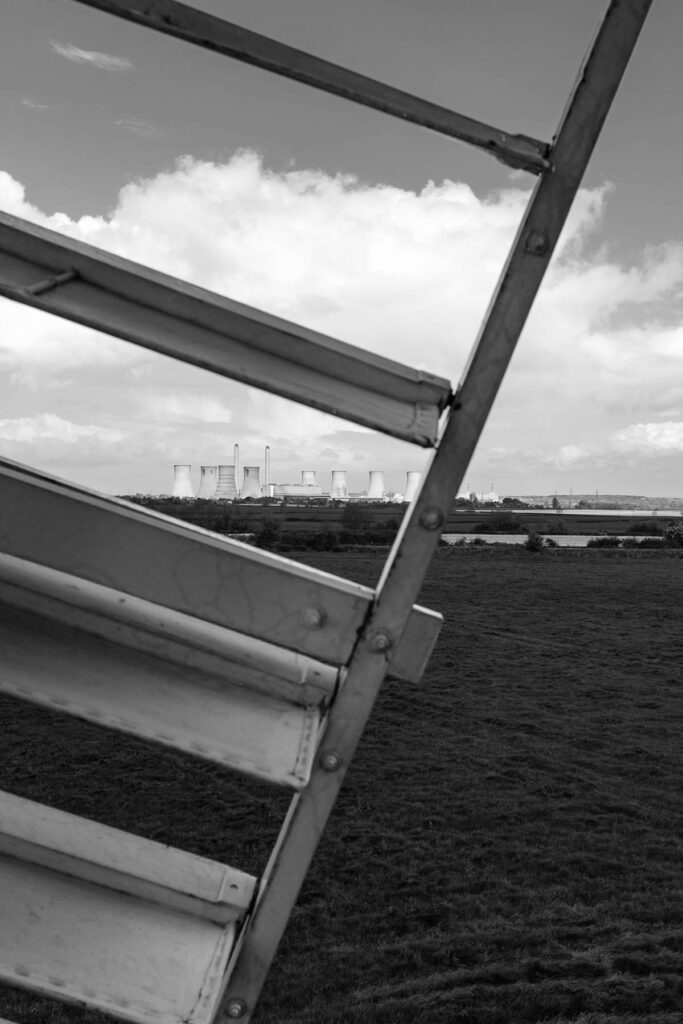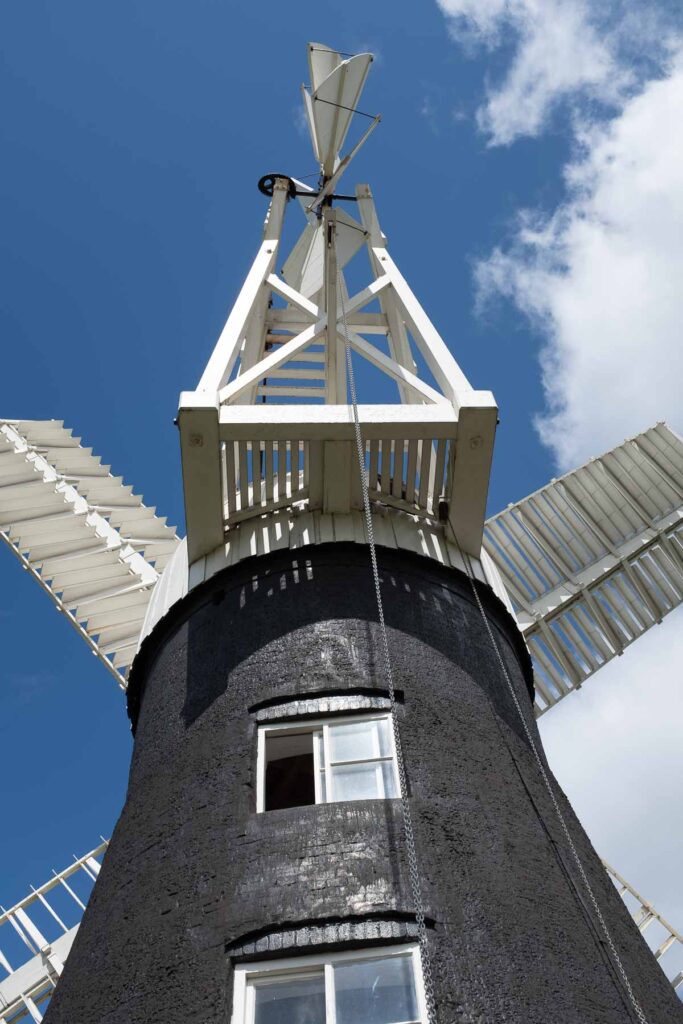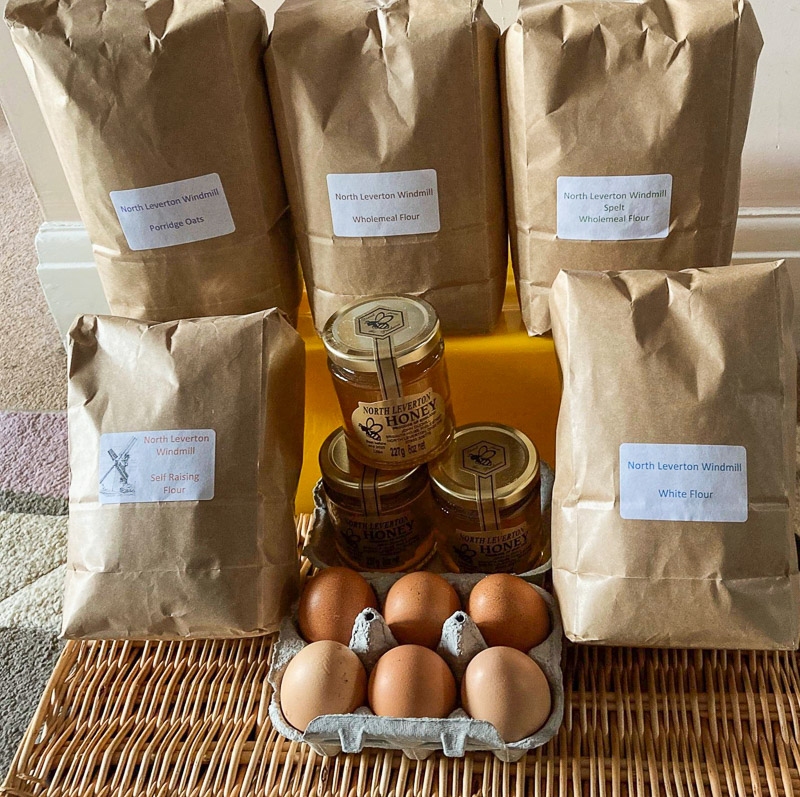Opening Hours
Open to the public every Saturday from 11:00 a.m. to 3:00 p.m. Other times and groups by appointment Please call tel: 01427 880254 or 07968 969424
How to Find Us
Stay in Touch
For updates and all the latest news subscribe to The Windmill



